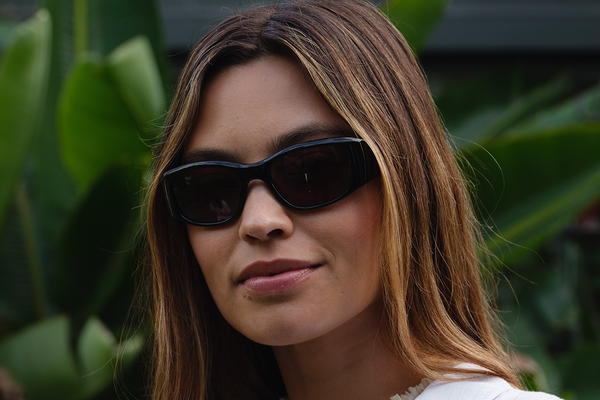The imagery of spectacle is populated with pilgrims: the hundreds of thousands on the Hajj, the wailing at the Western Wall, the washing away of a million sins in the Ganges. But that is not our world. Somewhere along the way, as we demolished our idols and Google mapped our daydreams we lost the idea of the pilgrimage, the journey to something greater than ourselves, beyond the limitations of our lives, our bodies, our finite time and fixed place on this Earth. We’re left with food meccas, destination weddings, the 20 places to visit before you die. Without their gods pilgrims are just tourists. Naoshima is a remote island of dying fishing villages in the Seto Sea, the inland waterway connecting the Sea of Japan to the Pacific. Our journey there: taxi, plane, train, ferry; intermittent cell phone service, place names in languages we do not know, chrono vertigo and the jet blurred horizons of dusk and dawn. And for what? For art, the last sacred of the secular.






Where I come from museums are conceived as statement pieces, monuments to a city’s pride, a benefactor’s ego, an architect’s fevered vision or failed competition bid. Do people go to Bilbao to see the art, or Gehry’s shimmering sculpture that houses it? Does it matter that paintings doesn’t really hang well on the curved walls of Wright’s Guggenheim? On Naoshima Tadao Ando has designed a series of structures in service of art and environment: inside a hill, beneath the earth, amongst the homes of a small village, built from the same humble materials we walk on and live in. An entire museum to house nine works – the transcendent installations of James Turrell, where earth meets sky and the certain dissolves into the celestial; the minimalist altars of Walter de Maria; and Monet's water lilies, painted at the end of his long life, the cloudy murky world seen through cataract eyes.


On the island of Naoshima the things that separate us from art — member hours, tour groups, velvet ropes and museum guards — are removed and soon forgotten. And as those objects and assumptions retreat, so too the physical divide disappears. You are left with all that you perceive. You are immersed: in nature, in creation, in what you see, hear, touch and feel, and you are made greater for it.



